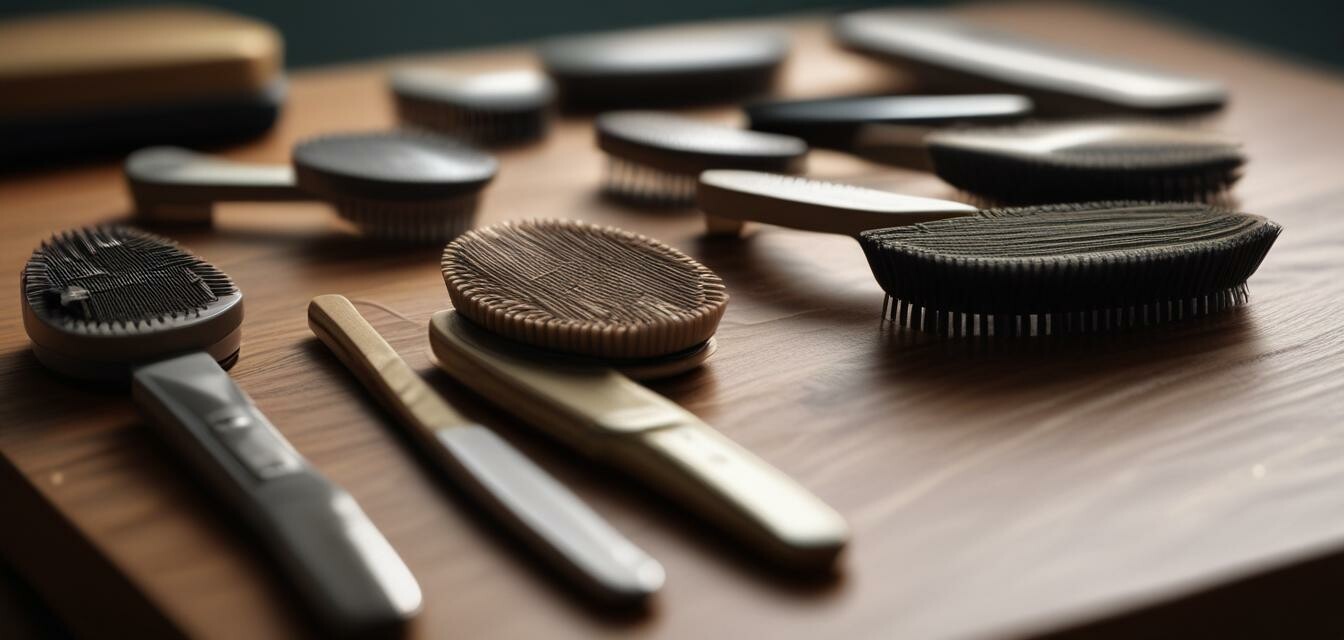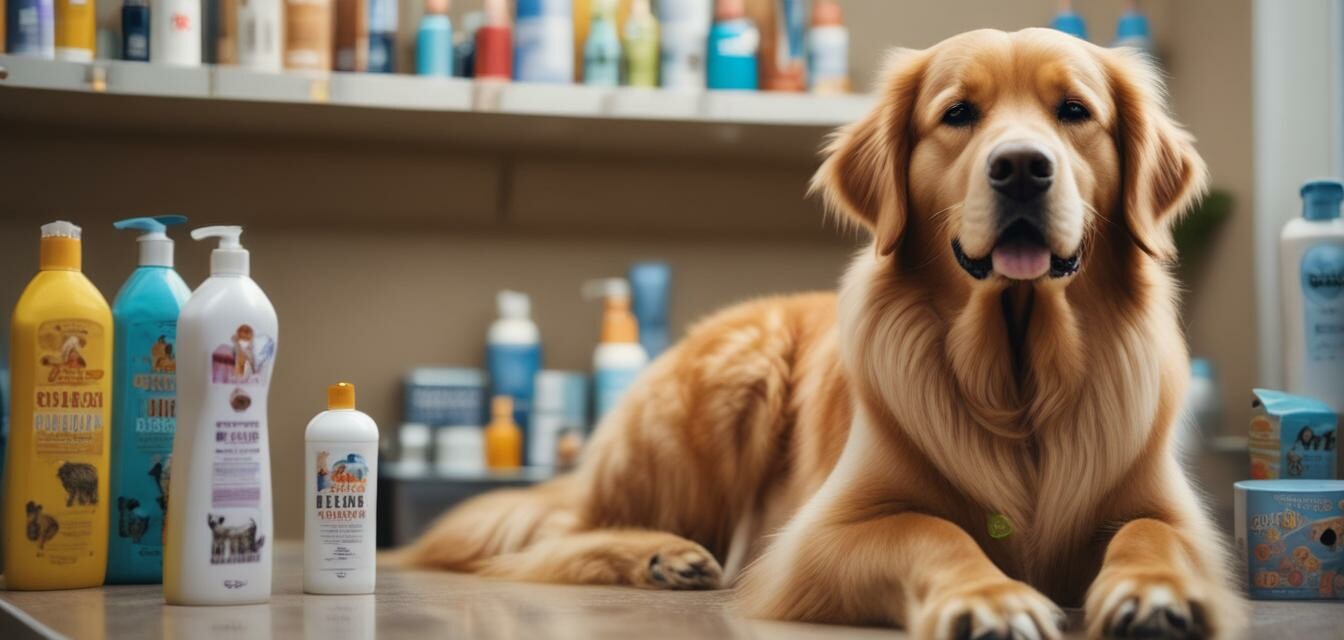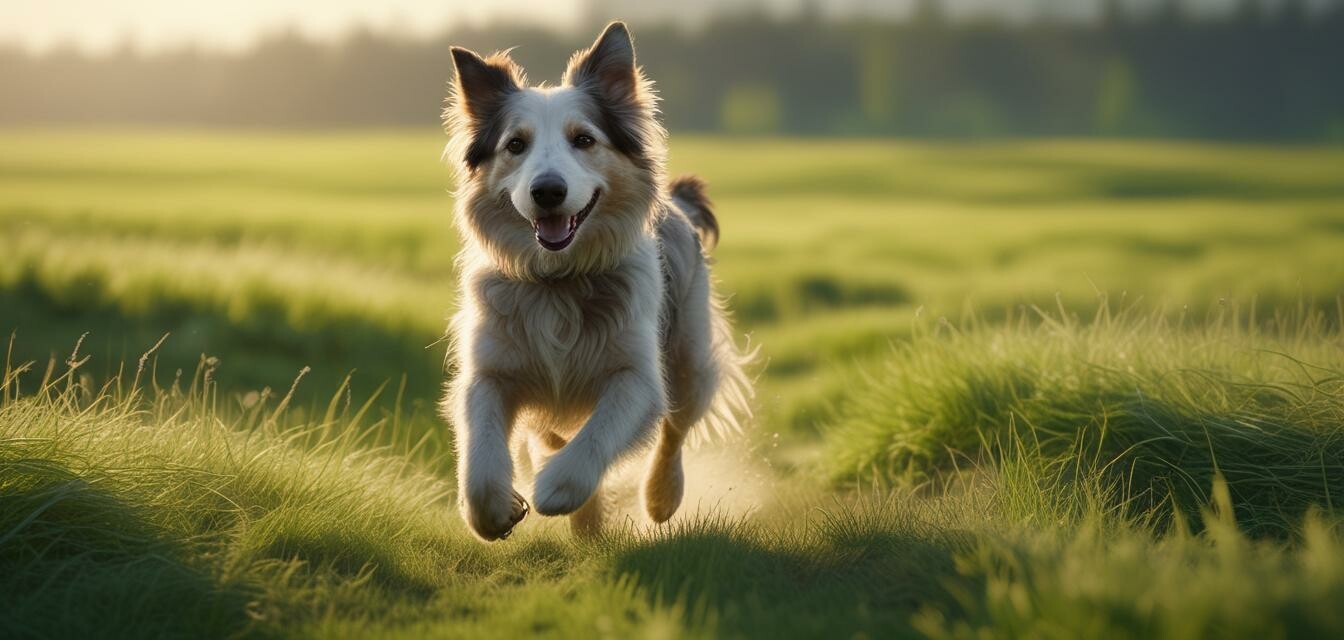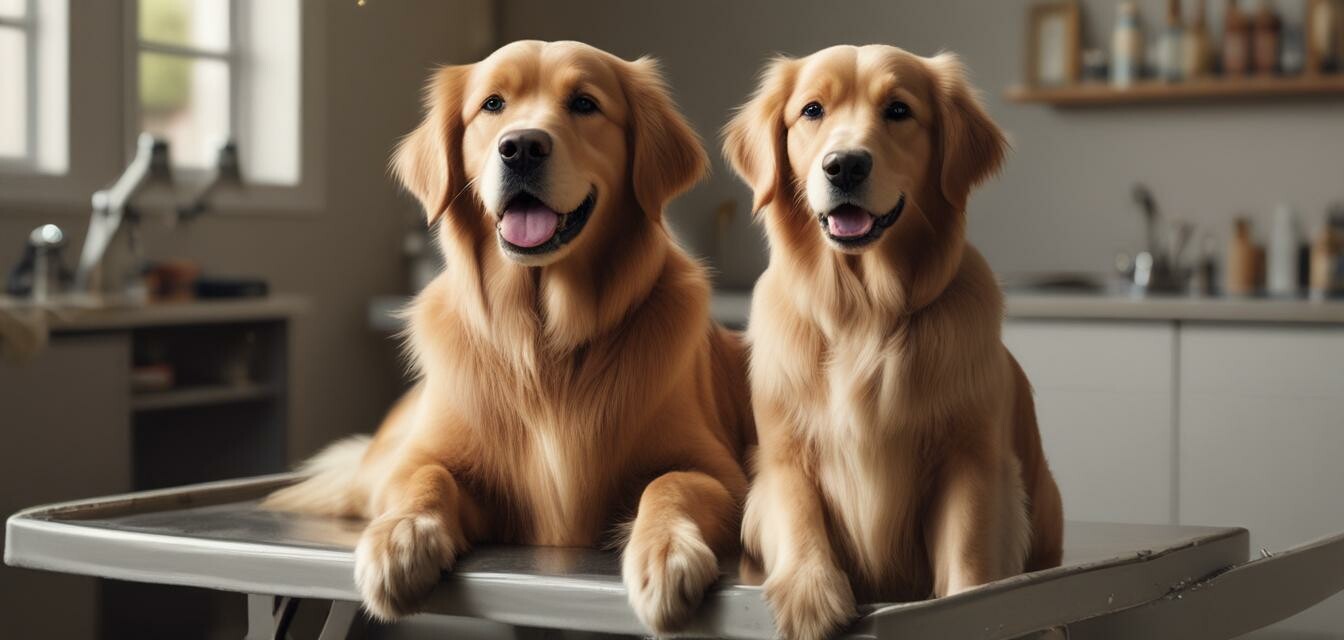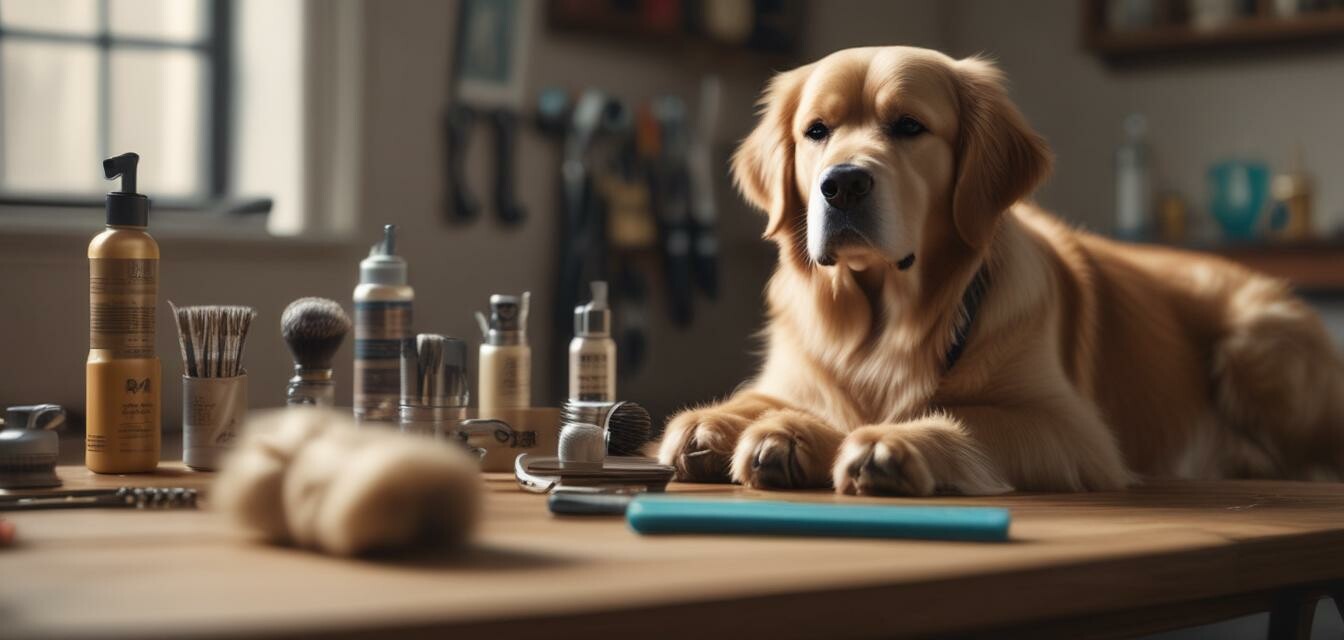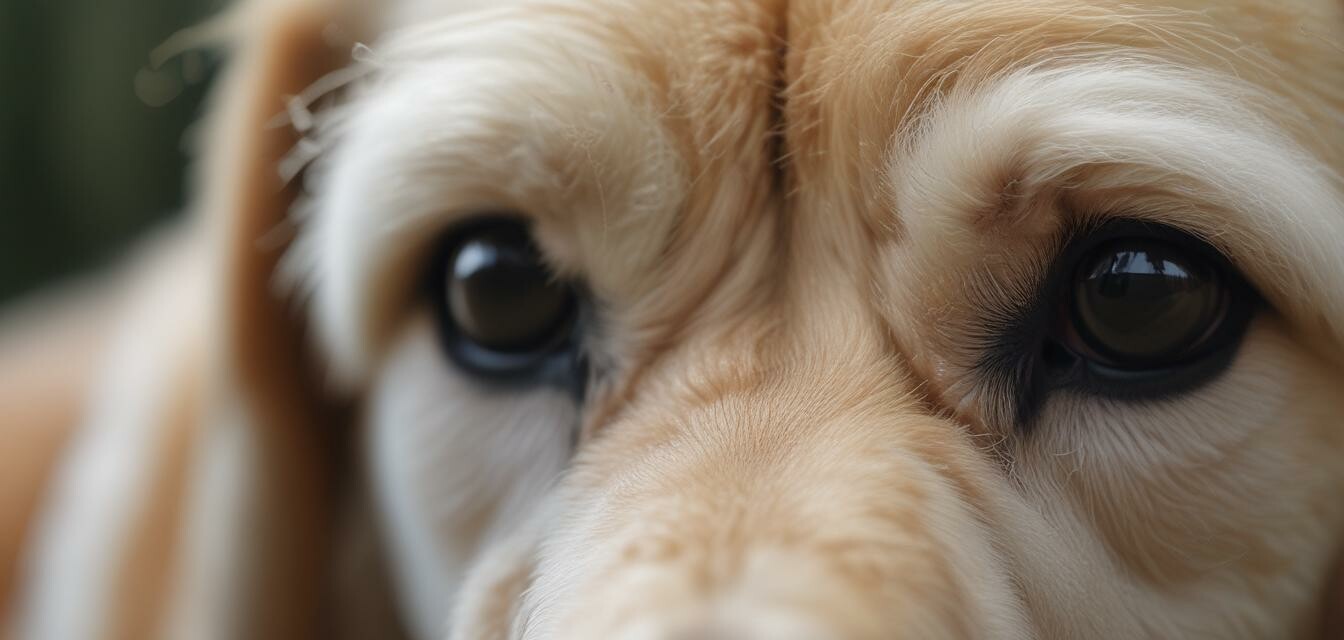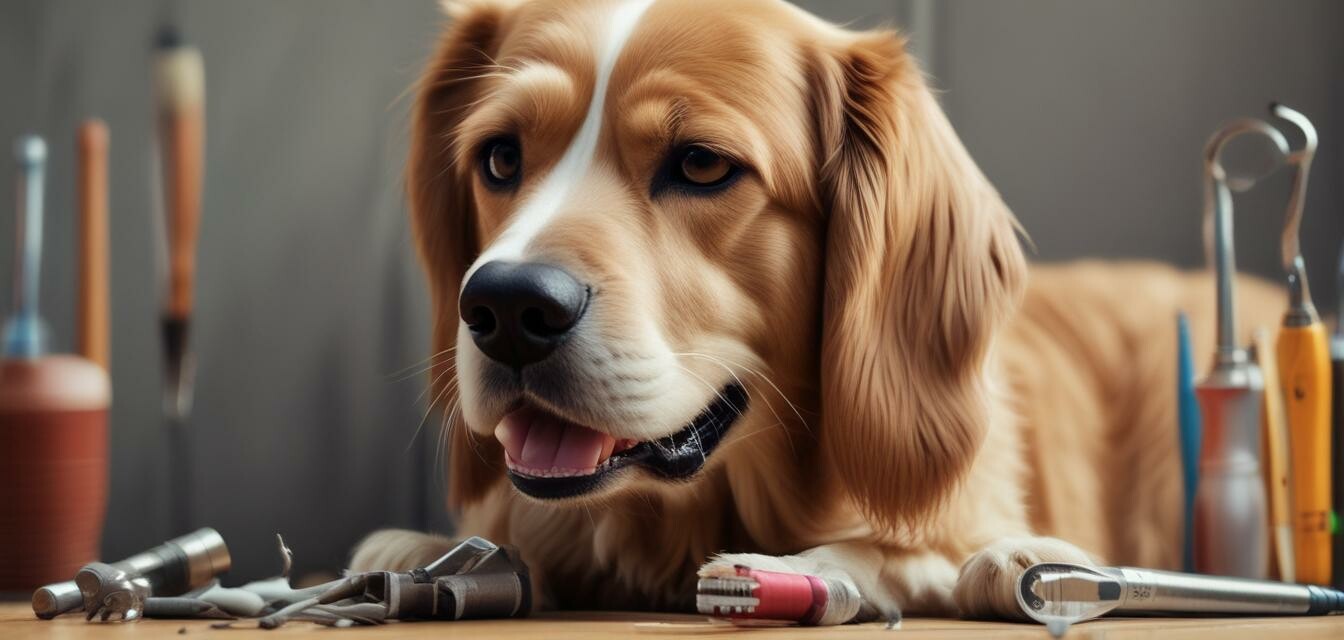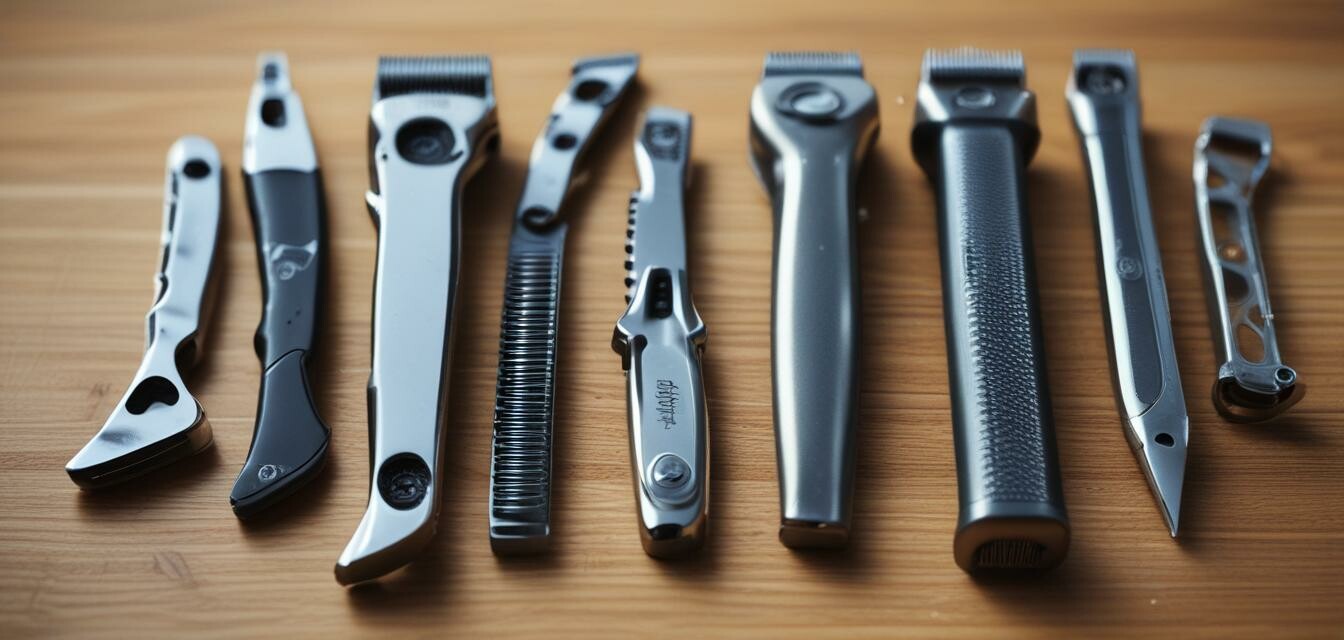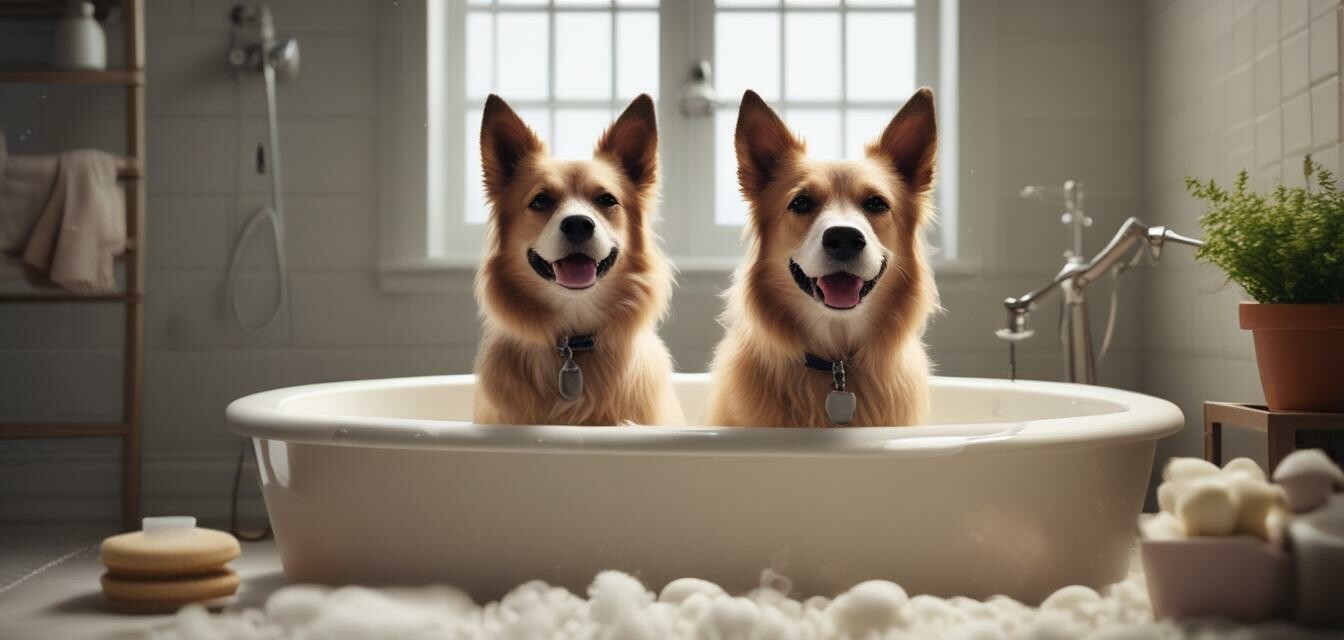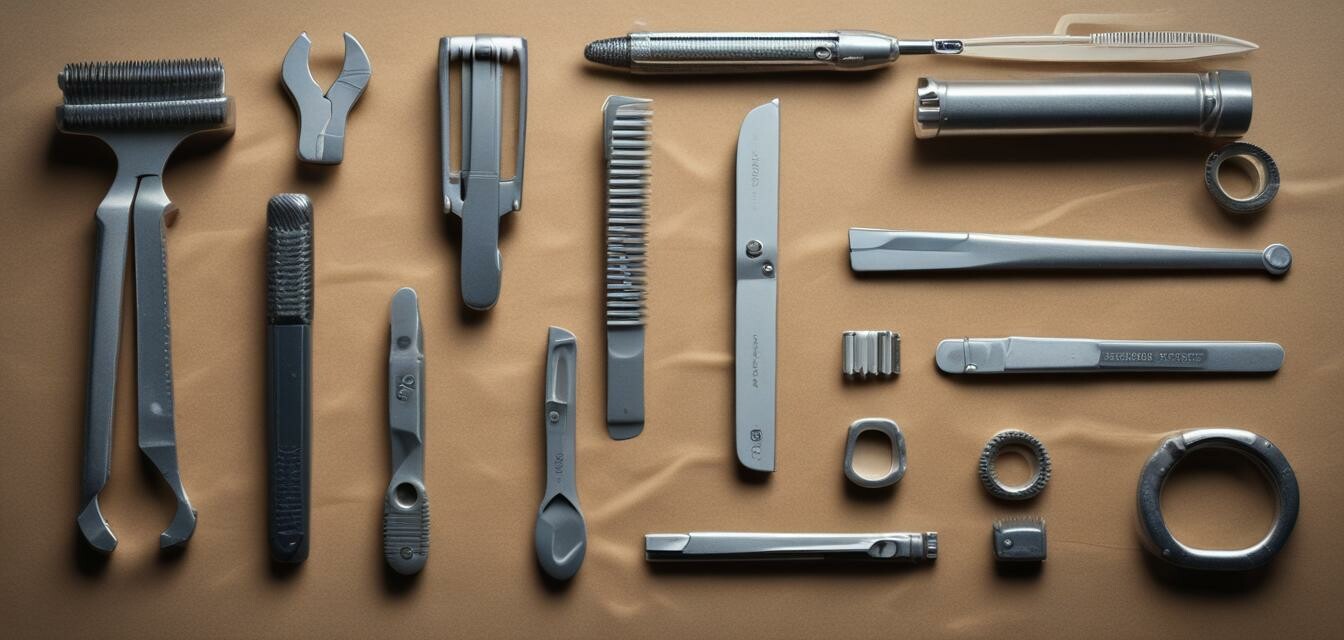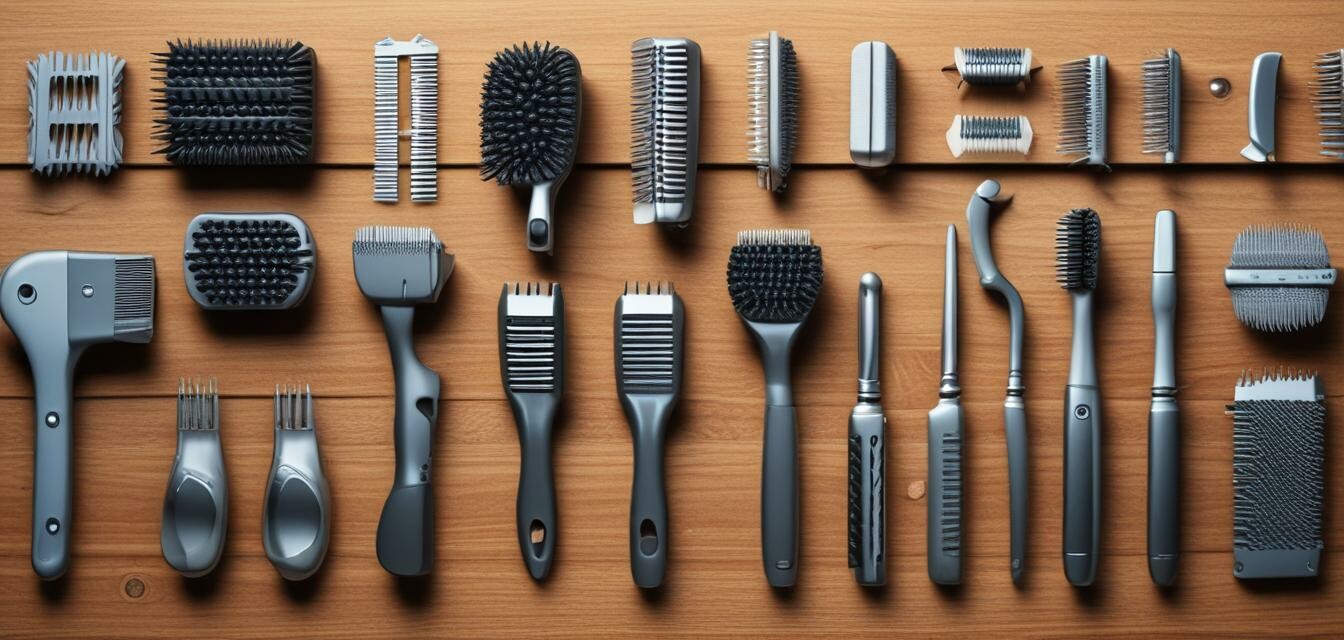
Grooming Brushes & Combs
Key Takeaways
- Grooming brushes and combs are essential for maintaining your dog's coat.
- Different dog breeds require specific types of brushes and combs.
- Regular grooming helps reduce shedding and improves coat health.
- Choosing the right tools can greatly enhance your grooming routine.
Grooming your dog can not only lead to a shiny coat but also improve your dog's health and happiness. In this guide, we will dive deep into the world of grooming brushes and combs, helping you choose the right tools for your furry friend. Let's get started!
Types of grooming brushes and combs
There are various types of grooming brushes and combs tailored to different needs. Here’s a comprehensive overview:
| Type | Best for | Key Features |
|---|---|---|
| Slicker Brush | Long-haired breeds | Removes tangles and mats |
| Pin Brush | Medium to long-haired breeds | Perfect for removing loose fur |
| Bristle Brush | Short-haired breeds | Gives shine to the coat |
| Undercoat Rake | Double-coated breeds | Gets rid of undercoat fur |
| Combs | All breeds | Great for finishing touches and detangling |
Choosing the right grooming brush or comb
Selecting the right grooming tool for your dog involves considering their coat type and size. Here are some tips to guide you:
Tips for beginners
- Understand your dog’s breed and coat type.
- Choose a tool that feels comfortable in your hand.
- Start with a tool designed for your dog's fur length.
- Groom regularly to maintain a healthy coat.
- Introduce grooming slowly to your dog to reduce anxiety.
Benefits of regular grooming
Regular grooming is beneficial for your dog’s well-being. Let’s look at some of the advantages:
- Reduces shedding: Frequent grooming helps remove dead hair, minimizing the amount shed around your home.
- Improves skin health: Brushing stimulates blood flow and can help keep skin healthy.
- Prevents matting: Regularly brushing helps prevent mats and tangles that can cause discomfort.
- Enhances bond: Grooming provides an excellent opportunity for bonding with your dog.
How to groom your dog effectively
Here’s a simple step-by-step guide to grooming your dog:
- Start with a quiet and comfortable area.
- Choose the right grooming tool based on your dog's coat type.
- Begin by gently brushing the fur in the direction of hair growth.
- Use a comb for any tangles, starting at the tips and gradually moving toward the base.
- Finish with a thorough inspection for any dirt or mats.
Grooming tools maintenance
Maintaining your grooming tools is vital for your dog’s health. Here’s how to keep them in top shape:
- Clean brushes regularly to remove hair and debris.
- Inspect combs for damage and replace as needed.
- Store tools in a dry place to prevent rust.
- Consider using disinfecting wipes to clean tools after each grooming session.
Conclusion
Selecting the right grooming brushes and combs is crucial for keeping your dog’s coat healthy and shiny. Remember to choose tools that cater to your dog's specific needs, and enjoy the grooming process as a time to bond with your furry friend!
Pros
- Enhances coat health and appearance.
- Reduces shedding around the house.
- Builds a stronger bond with your dog.
- Can help identify skin issues early.
- Variety of brushes available for all breeds.
Cons
- Some dogs may dislike grooming.
- Requires time and consistency.
- Poorly chosen tools may cause discomfort.
Related articles
- Explore our top picks for brushes and combs.
- Discover the best clippers and trimmer tools.
- Learn about dog ear and eye care products.
- Check out comprehensive grooming kits.
- Find essential nail care tools for dogs.
Final thoughts
Grooming is an essential part of dog care. By choosing the appropriate grooming brushes and combs, you ensure your dog remains healthy and happy. Be attentive to your dog's specific grooming needs and always make the grooming experience a positive one!
